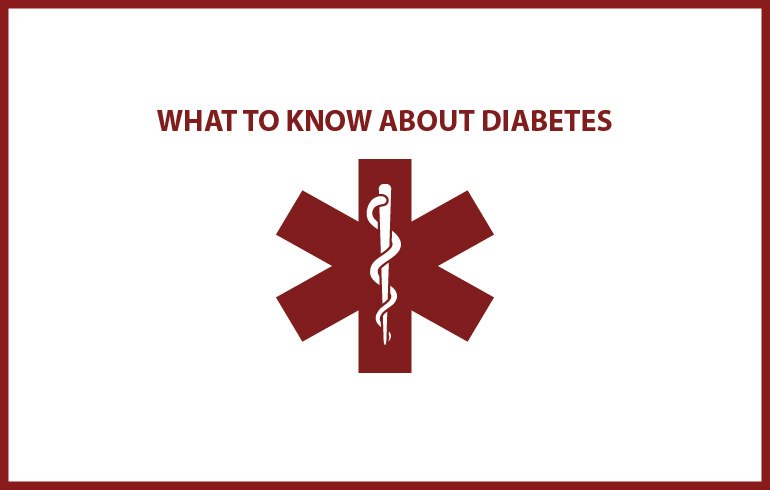Dr. Michael C. Goodhope, DO, from the Rapid City Medical Center Family Practice South Clinic answers a few questions.
What exactly is Juvenile (Type 1) Diabetes?
Juvenile, or Type I, diabetes occurs when the immune system destroys the cells in the pancreas that
make insulin. Without insulin, the level of sugar in the blood is higher than normal.
Insulin is a hormone that is needed to convert sugar, starches, and other food into energy needed for daily life. With the help of insulin therapy and other treatments,
even young children can learn to manage their condition and live long, healthy lives.
Type 1 diabetes is usually diagnosed in children and young adults, and was previously known as juvenile diabetes. Only 5% of people with diabetes have this
form of the disease.
What are the warning signs of Type 1 diabetes in children?
Common symptoms include:
Urinating often
Feeling very thirsty
Feeling very hungry—eventhough they are eating
Extreme fatigue
Blurry vision
Cuts/bruises that are slowto heal
Weight loss—even though they are eating more
How does a parent know the difference between thirst that
is normal versus extreme thirst that is a warning sign to seek medical help?
Signs of extreme thirst may include thirst beyond what is normal for your child and that is persistent, regardless of how much they consume.
Is there typically more than thirst as a warning sign that it is diabetes? Do we need to get right into the doctor?
If child has blurred vision or frequent urination/unexplained weight loss, I would recommend that you call and make an appointment with your child’s physician. Extreme fatigue or hunger that lasts more than a good nights sleep or a good meal deserves to be checked out, as well.
There is no cure for Type 1 diabetes, but there are two things everyone can do to prevent or delay the onset of Type 2 diabetes.
Preventing Type 2 Diabetes
Losing weight is hard, especially if you’re trying to do it by yourself. Get the whole family involved. After all, a healthy diet for preventing diabetes is a healthy diet for everyone.
Lose Weight By Eating Healthy
Here are some healthy eating tips the whole family can try:
Drink water and limit sugar-sweetened drinks including, sodas, juices, sports drinks, and coffee drinks. These drinks add calories with little or no nutritional value.
Eat more fruits and vegetables. If fresh is not available, try frozen or canned fruits (in natural juice, not syrup) and vegetables.
Make healthy snack foods easy to find in the kitchen. Place grapes, carrots or plain popcorn on the counter.
Limit fast food. When you do choose fast food, make healthier choices with side salads, grilled meats, diet soda, and hold the mayo.
Lose Weight By Getting Active
Limit sitting in front of a screen time to no more than 2 hours a day.
Get moving—Children and teens should get 60 minutes a day of exercise most days of the week.
Set Goals—Challenge your child, and yourself by setting small goals. Reward your successes with non-food items.
(Ex. Having a sleepover, renting a movie, going shopping)
November is National Diabetes Awareness Month. If you have suspicions that you or your child may have diabetes, go see your physician. If you have diabetes in your family, go get tested. And if you know someone who has diabetes, encourage him or her and be informed. The information in this article is intended for your general use and shouldn’t replace consultation with your own healthcare practitioner.
– Written by: Black Hills Family

